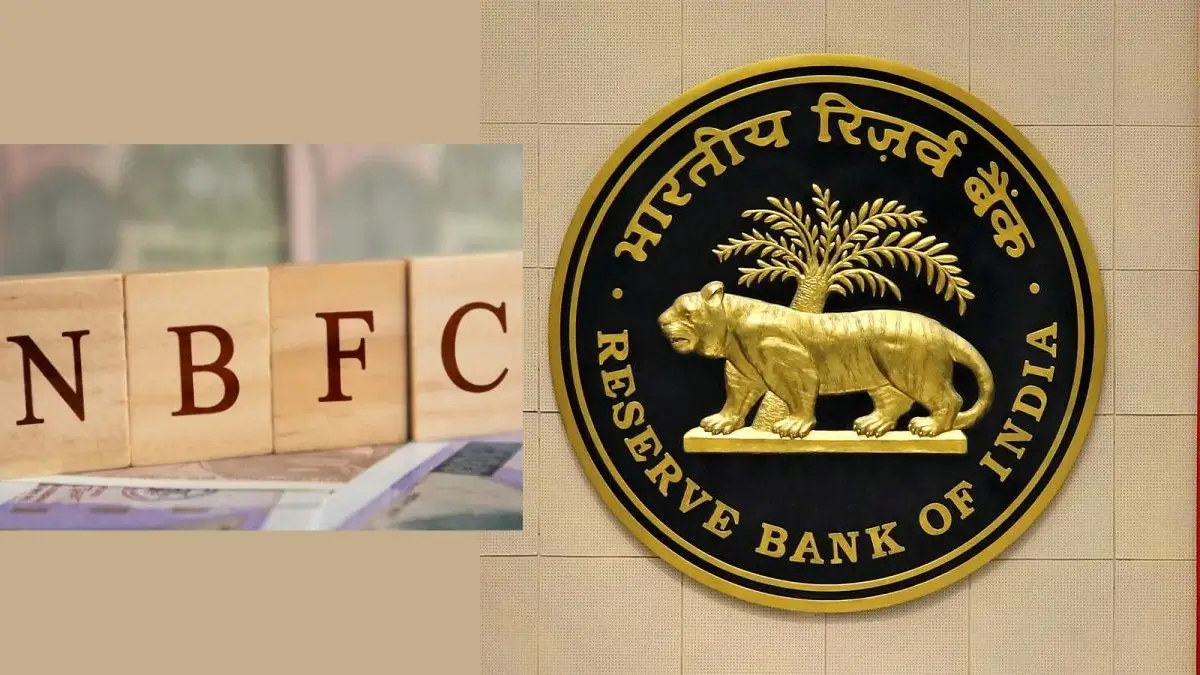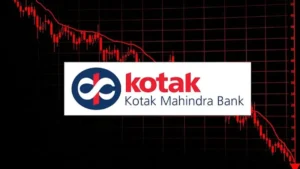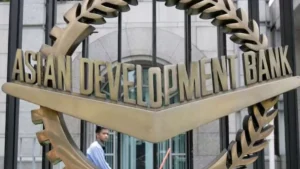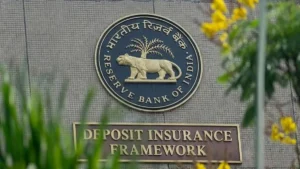The Reserve Bank of India (RBI) has decided to reverse its 2023 decision to increase risk weights on bank loans to non-banking financial companies (NBFCs) due to the slowdown in bank credit growth. This move, effective from April 1, 2025, is expected to free up capital for banks, improve lending to NBFCs, and provide clarity on risk weights for microloans.
Key Highlights
Risk Weights on NBFC Loans
- The RBI has reversed the 25 percentage point increase in risk weights on bank loans to NBFCs introduced in November 2023.
- The risk weights will now be aligned with the external rating of the NBFC.
- This change will free up bank capital and improve loan flow to NBFCs.
Impact of the November 2023 Decision
- The increase in risk weights led to a decline in bank credit growth to NBFCs from 15% (Dec 2023) to 6.7% (Dec 2024).
- Overall bank loan growth also slowed from 20% to 11.2% over the same period.
- NBFCs had to seek alternative funding sources like capital markets and external commercial borrowings (ECBs), which became costly due to rising dollar hedging costs.
Revised Risk Weights for Microloans
- The RBI has clarified that microloans by banks will have different risk weights based on loan classification:
- 75% risk weight for microloans under regulatory retail or business loans.
- 100% risk weight for consumer credit (loans for consumption purposes).
- Previously, both categories had a 125% risk weight, creating confusion among banks.
Expected Impact of RBI’s Decision
- For Banks: Lower risk weights mean banks have to set aside less capital, improving their lending capacity.
- For NBFCs: Easier access to bank credit will reduce dependence on expensive funding alternatives.
- For Small Finance Banks & Microfinance Lenders: The clarification on risk weights eliminates uncertainty and ensures a fair risk assessment process.
| Summary/Static | Details |
| Why in the news? | RBI Reverses Higher Risk Weights on Bank Loans to NBFCs and Microloans |
| Aspect | November 2023 Decision | Revised Decision (April 1, 2025) |
| Risk Weights on NBFC Loans | Increased by 25 percentage points (if below 100%) | Restored to external rating-based risk weights |
| Bank Loan Growth to NBFCs | Declined from 15% to 6.7% | Expected to improve |
| Overall Bank Credit Growth | Dropped from 20% to 11.2% | Likely to increase |
| Microloan Risk Weights | 125% for all microloans | 75% for regulatory retail/business loans, 100% for consumer credit |
| Impact on NBFCs | Higher borrowing costs, reliance on capital markets & ECBs | Improved access to bank credit, reduced funding pressure |
| Impact on Banks | Higher capital requirements | More free capital for lending |



 RBI Slaps ₹62 Lakh Penalty on Kotak Mahi...
RBI Slaps ₹62 Lakh Penalty on Kotak Mahi...
 ADB commits $4.26 billion in sovereign l...
ADB commits $4.26 billion in sovereign l...
 RBI Board Sanctions Overhaul of Deposit ...
RBI Board Sanctions Overhaul of Deposit ...







